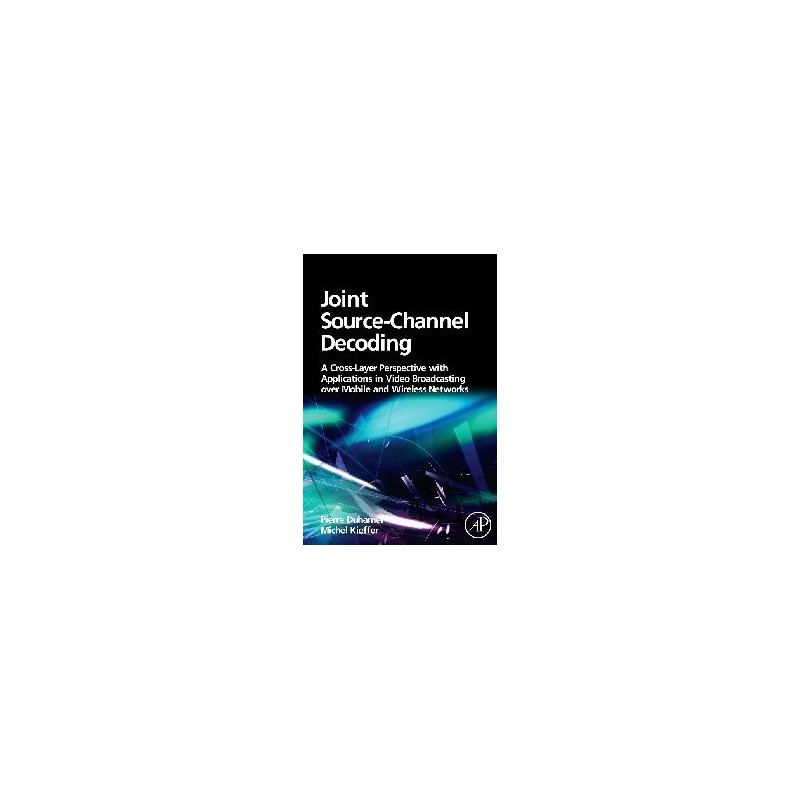- Out-of-Stock



Traditionally, cross-layer and joint source-channel coding were seen as incompatible with classically structured networks. Joint source-channel decoding is now seen as a viable. A joint source / protocol / channel approach is reflected in other layers.
This book provides a cross-layer and joint source-channel coding and decoding are now compatible with the current mobile phone. Typical applications are broadcasting, or point-to-point, a delivery of multimedia contents (H263, H264) transmission using recent wireless transmission standards. (DVH-H, DVB-SH, WiMAX, LTE).
This cross-disciplinary book is ideal for graduate students, researchers, and more. This book is also included in the cross-layer optimization of mobile networks. Its content can be problematic, which can be used.
Pierre Duhamel is the director of research at the CNRS / LSS and has been researching positions at Thomson-CSF, CNET, and ENST, where he was head of the Signal and Image Processing Department. He has served as a chairman of the DSP committee and associate. IEEE Transactions on Signal Processing and Signal Processing Letters, as well as acting as a chair at MMSP and ICASSP conferences. He was awarded the Grand Prix of France Telecom by the French Science Academy in 2000. He is co-author of more than 80 papers in international journals, 250 conference proceedings, and 28 patents.
Michel Kieffer is an assistant professor at the Université Paris-Sud and a researcher at the Laboratoire des Signaux et Systèmes, Gif-sur-Yvette, France. His research interests are in a joint source-channel coding and decoding techniques. He serves as an associate editor of Signal Processing (Elsevier). He is co-author of more than 90 contributions to journals, conference proceedings, and book chapters.
Introduction: Context; Why Joint Source and Channel Decoding ?; Source-Coding Primer; Identifying Residual Redundancy; Exploiting the Residual Redundancy; Toward Practical Implementations; Protocol Layers; Joint Protocol-Channel Decoding; Joint Cross-Layer Decoding; Introduction to Joint Source-Channel Coding; Open Challenges; Format of 802.11 Packets; Bibliography
No product available!
No product available!
No product available!
No product available!
KAmodQTR8A is a module with eight photointerrupter sensors KTIR0711S. It allows to detect edge or line. Thanks to the analog outputs, is possible to connect a module to the e.g. comparator. The module can be used in analisze of the floor e.g. by Linefollower vehicles.
No product available!
LCD TFT 3.50 ", 320x240, SSD1963 controller, resistive touch panel, Winstar, RoHS
No product available!
2 Mpx camera module with OV2640 sensor with a matrix resolution of 1600 x 1200 px and transmission speeds up to 60 FSP. Communication via the SCCB interface. Possible JPEG compression in real time. ArduCAM B0011
No product available!
Collective work, ed. Tadeusz Łuba
No product available!
Raspberry Pi 2 and Pi 1 model B+ Enclosure - Black
No product available!
No product available!
No product available!
No product available!
No product available!
No product available!
No product available!

